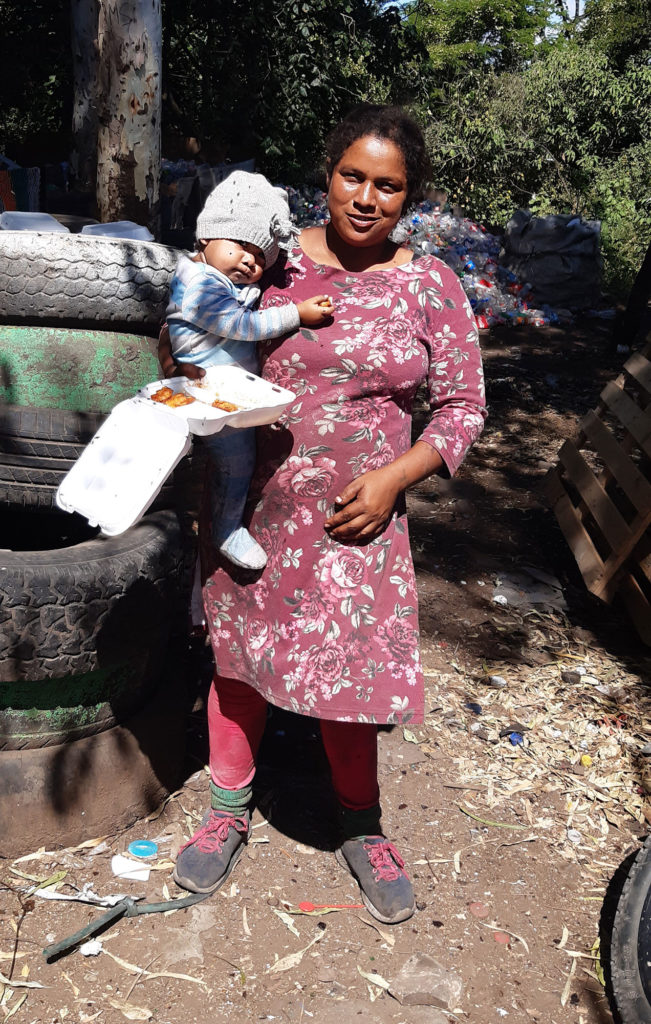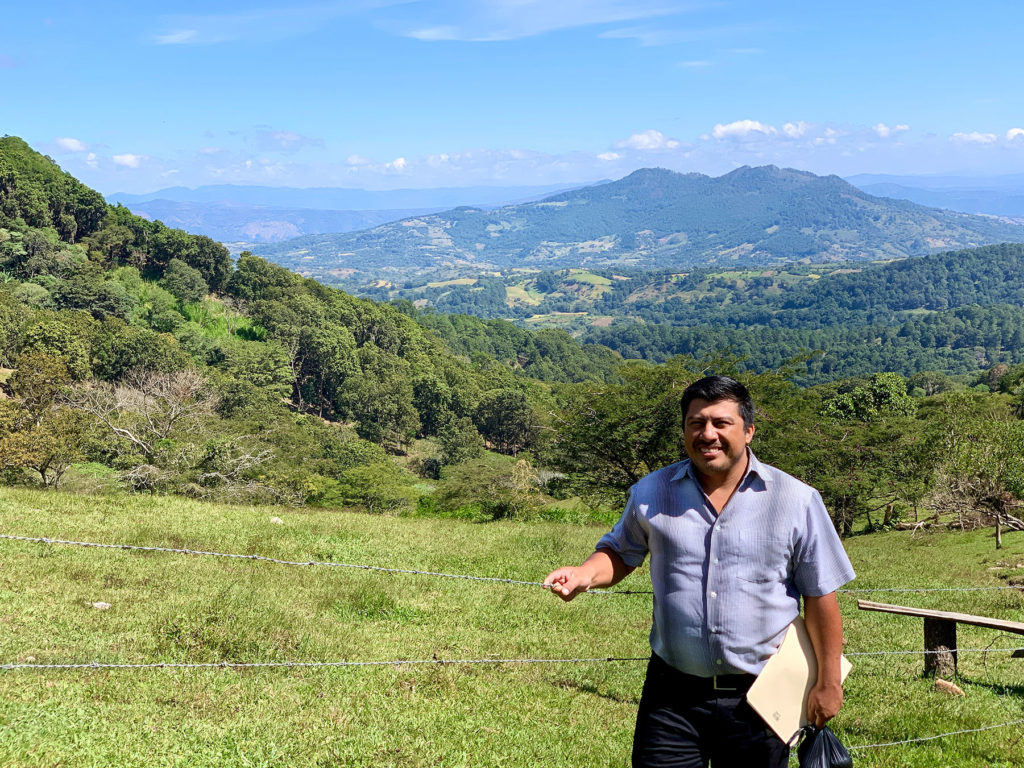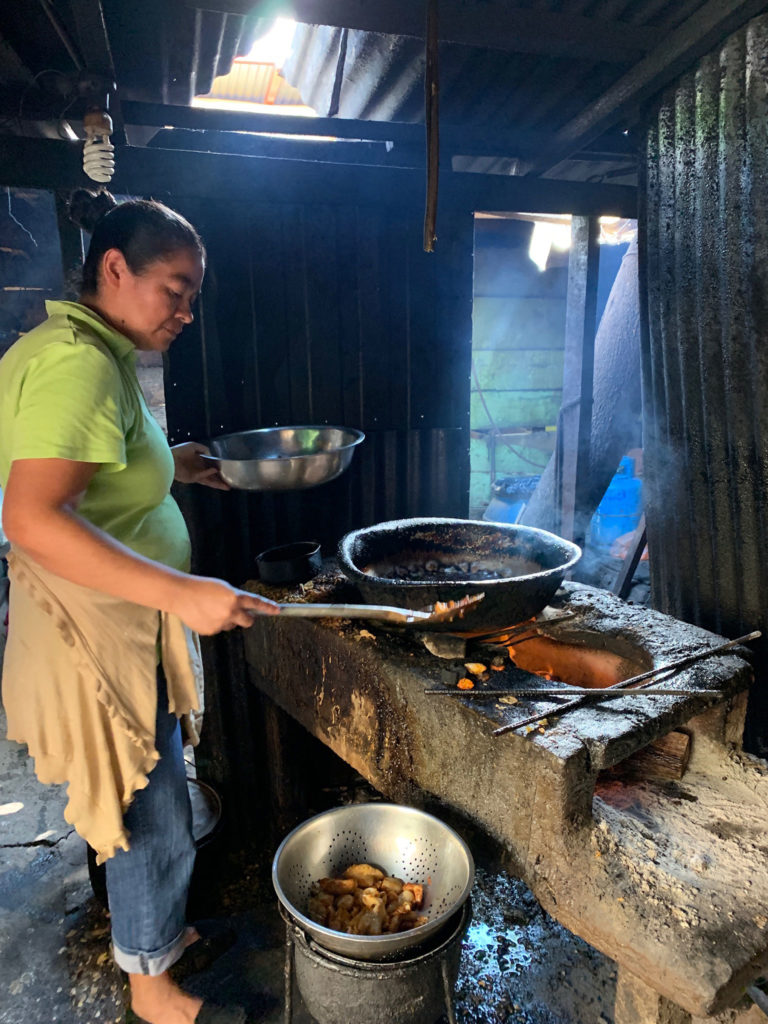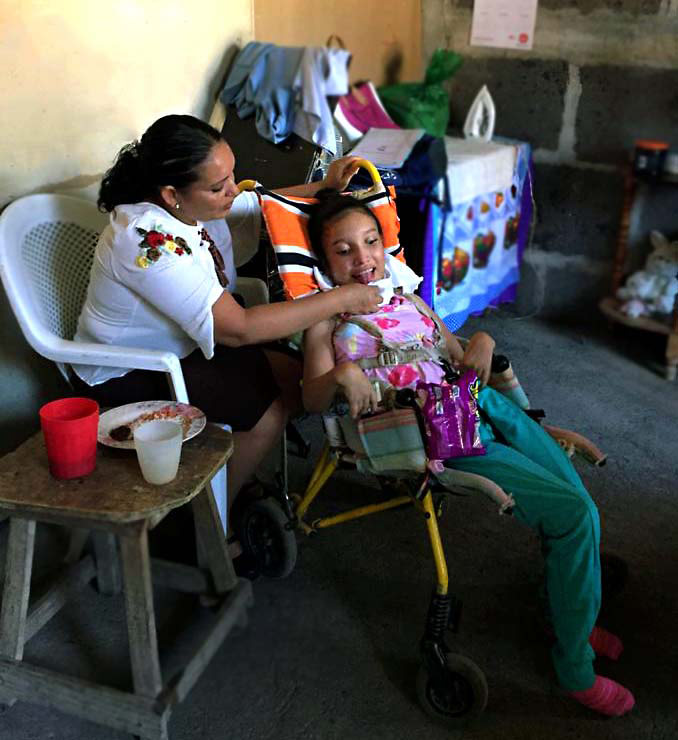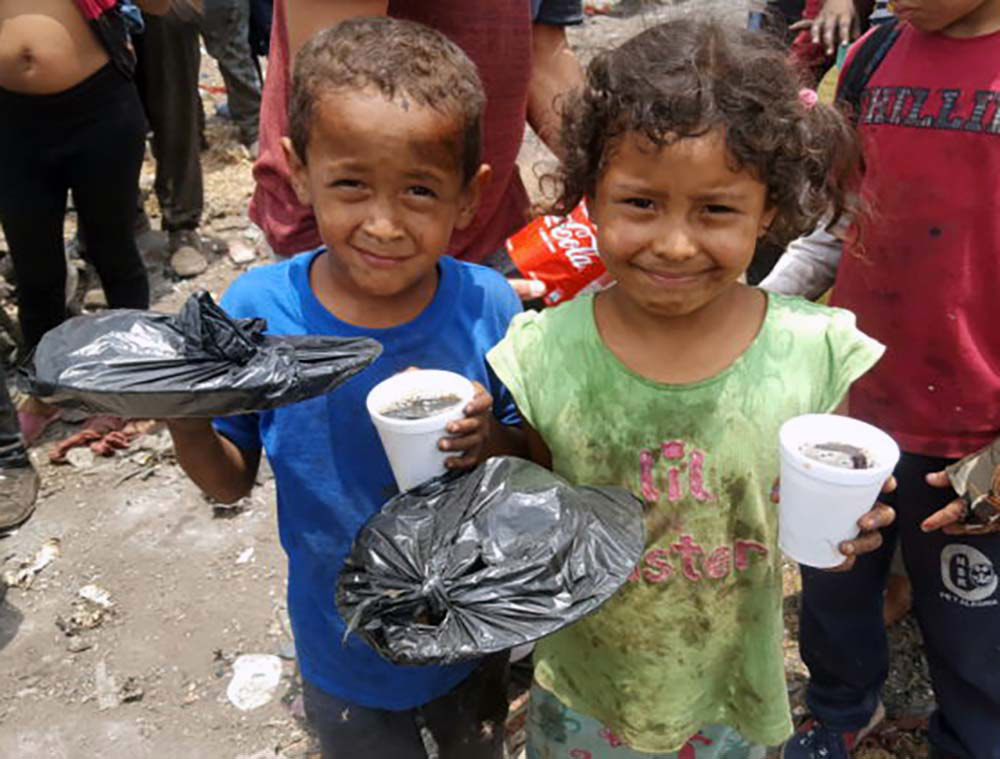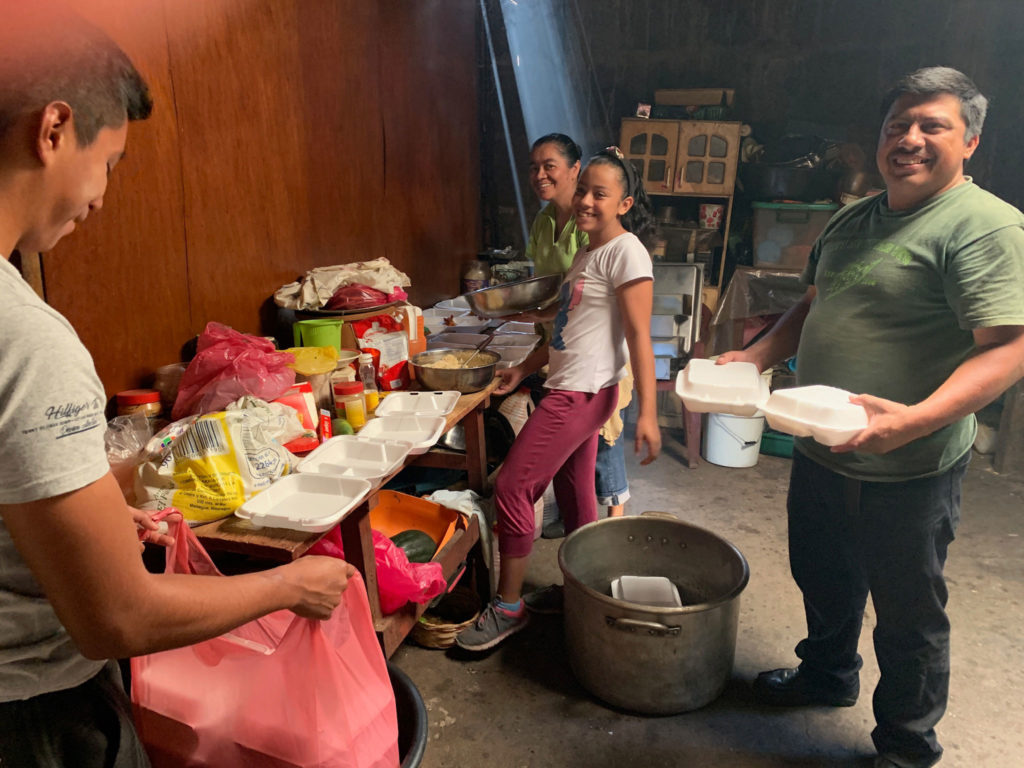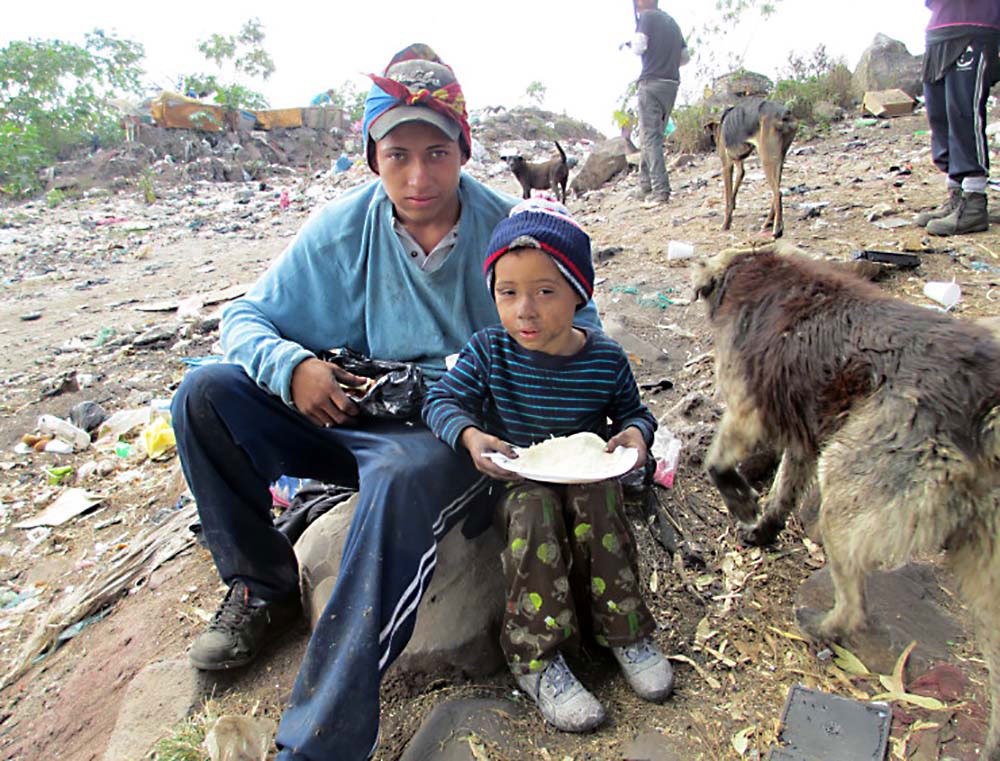Nicaragua is a tropical paradise of volcanoes and rainforests, rolling hills and valleys, secluded lakes and waterfalls, white sand beaches and reefs—one of the most natural and beautiful countries in the Americas. Its people are friendly and welcoming—and among the poorest in the western hemisphere.
By 2019, I’d been taking daily Spanish lessons by Skype for a couple of years with Rafael Castillo, a Nicaraguan. At $9/hr for private instruction with a professional language teacher, it was among the greatest bargains in language learning.
At least half of each lesson was informal conversation, often about life in Nicaragua, his wife and two children, and inevitably the economic and political quandaries of Nicaragua and the US. Although I’d never met Rafael in person nor talked to anyone else in his family, I felt I knew them all.
Around Thanksgiving I decided to fill an unexpected vacancy on my calendar by going to meet them in person. Rafael arranged homestays with local families for his Spanish immersion students and I asked him to do the same for me; my homestay family turned out to be his.
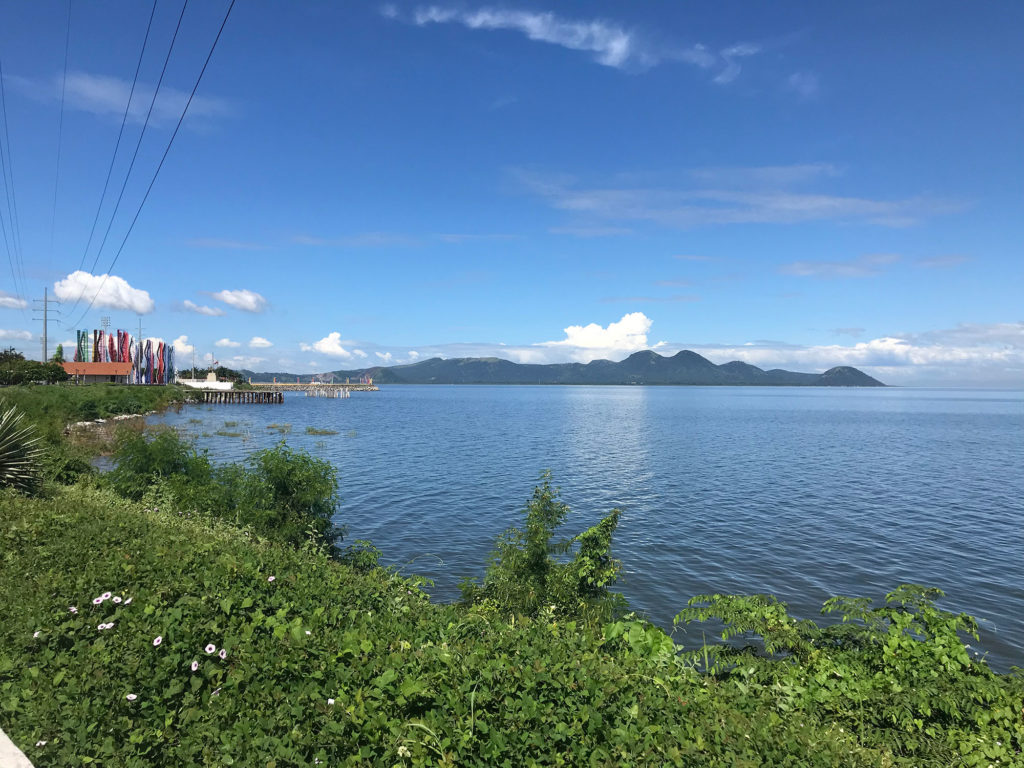
In addition to my faithful carry-on, I took a large duffel bag stuffed with used clothes my wife had collected in the exercise classes she leads. Padded in the middle was a large desktop computer we replaced for the occasion, along with an older iPhone and some hard-to-get-in-Nicaragua electronics.
Because of the load, I arranged for a car and driver to meet me at the Managua airport—but also because I wanted the conversational opportunity—a chance to conduct a private two-hour interview about Nicaraguan daily life, economics, politics, opinions of the US, etc.
The driver was an architectural engineer, but there was little new construction in Nicaragua since the political uprisings of 2016 and the violence of 2018. My driver and his college classmate were surviving on subcontract work by internet from the US, drafting plans for roof construction and renovations.
The classmate had been building a side business in tourist transportation, purchasing a few cars and accruing a small stable of available drivers, but the political unrest had scared off all but the most intrepid travelers. Now, when the rare call for transportation came in, the two engineers became drivers.
The highway to Esteli was the best in Nicaragua—an 80 mile stretch of the 18,640-mile Pan American Highway from Prudhoe Bay, Alaska to Puerto Montt, Chile. Trucks slowed traffic to a crawl through the steep hills, but the road was safe and well maintained. When I commented that drivers were surprisingly observant of speed limits, the driver described traffic fines as “exorbitante.” And apparently “efectiva.”
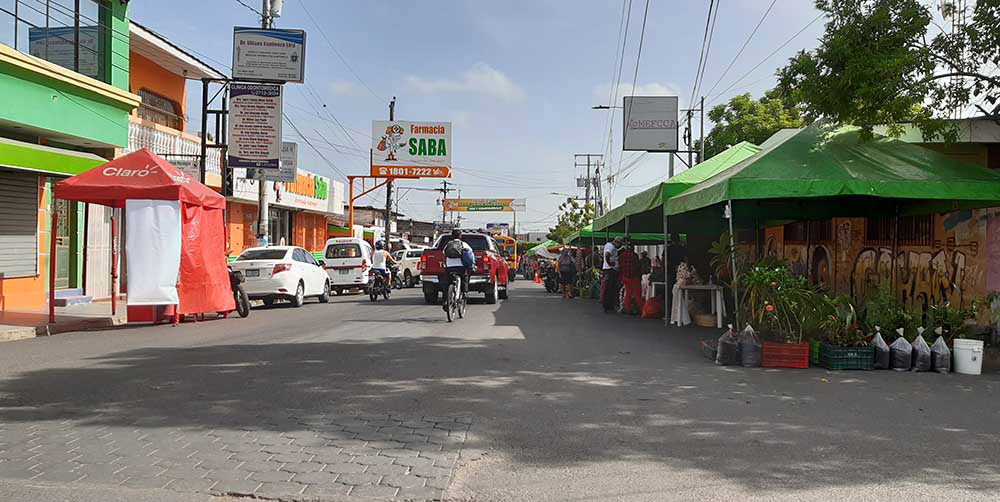
Nicaragua’s unique address system doesn’t use street names and numbers; instead, addresses start from a reference point and count blocks (e.g., “Church of Santa Maria, 2 blocks east, ½ block south”). If you don’t know the reference points, it’s challenging—far more when the reference points no longer exist (e.g., “where Church of Santa Maria used to be, ….). Nicaraguans are proud of the system; I suspected it was how you get by when there are neither street signs nor house numbers.
The address we sought was “across from the gate of the UPOLI” (Universidad Politecnica). I was to text before we arrived, and Rafael would indicate which house by standing in front.
Once off the Pan Am, we wound through cobblestone streets to a gravel road and an iron gate with a uniformed guard. Just across the street stood Rafael and his fourteen-year-old son, Carlos.
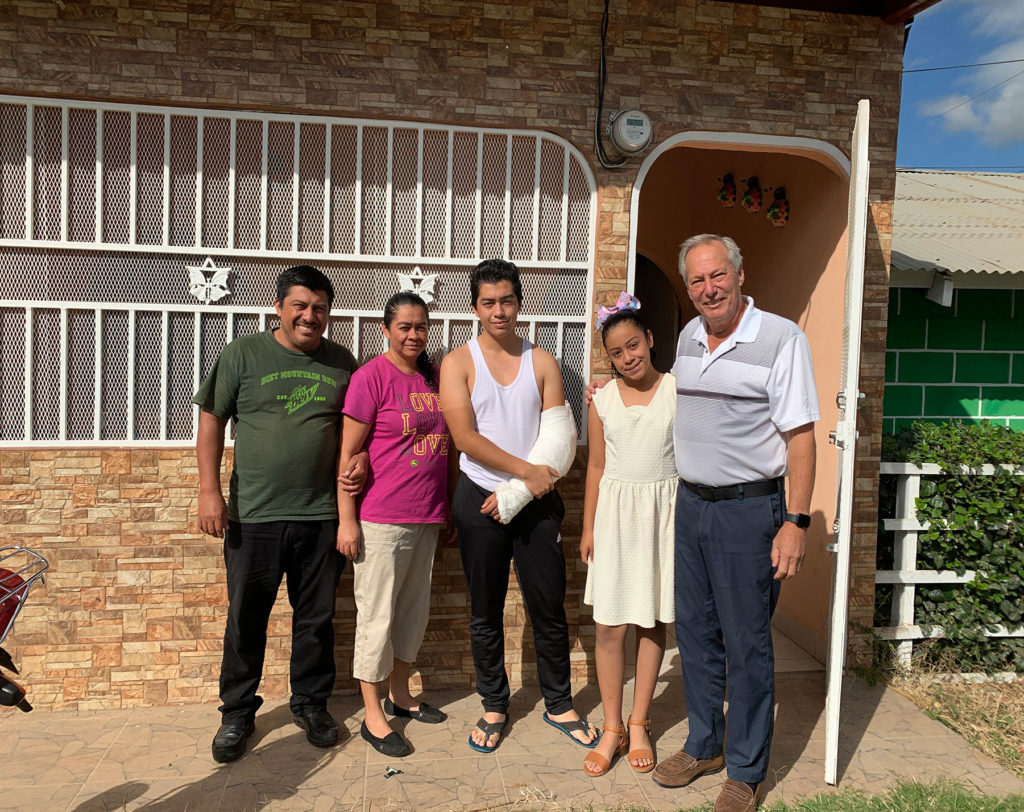
Carlos sported a fresh cast, the result of a bicycle spill on a gravel road a few days earlier. When Rafael got to the scene, Carlos was bleeding badly so Rafael rushed him to the public hospital—free to Nicaraguans. After a long wait in a dirty emergency room, a busy young doctor stitched the wound so poorly it continued to bleed. He said the elbow was broken and needed to be pinned but the pin would have to come from Managua; that would take a few days to a week. He told them to go home and wait until the hospital called.
Instead, Rafael took the boy to the private hospital where, after an examination, they told him treatment would cost $1822—cash. He gathered the money from friends and relatives, the doctors executed appropriately, and Carlos was now recovering at home. Rafael didn’t mention how he’d repay the money—many months’ salary for the average Nicaraguan.
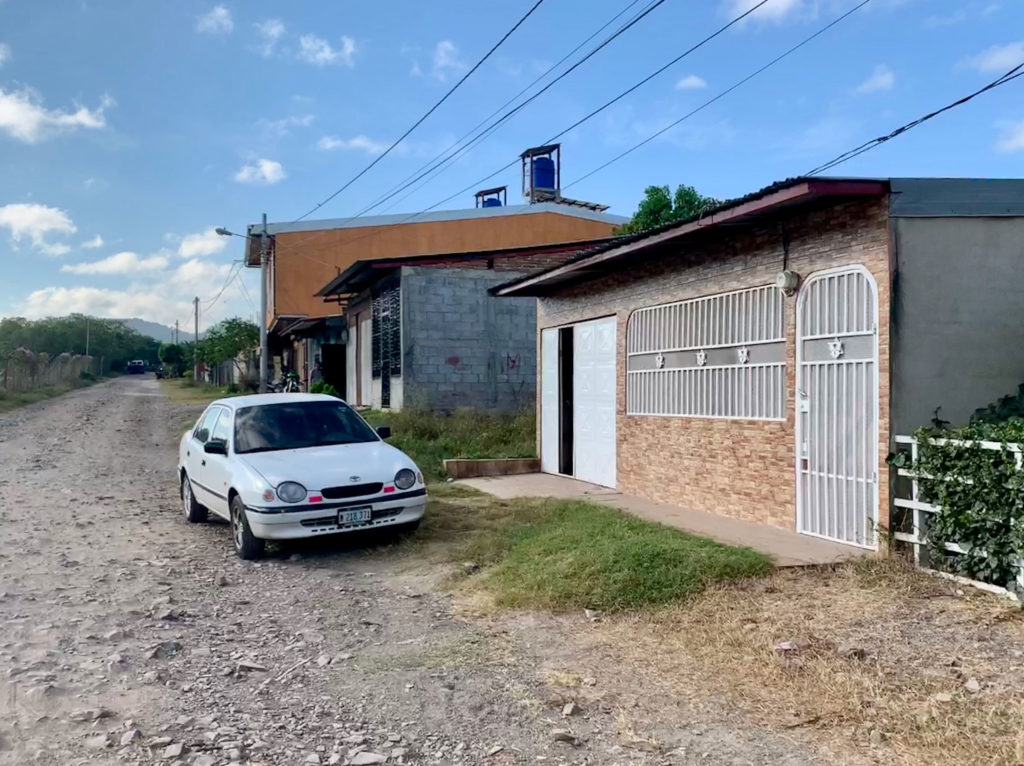
The Castillo house is open-air due to the spaces between the corrugated metal roof and the top of the walls. Estelí’s higher altitude moderates the Nicaraguan heat, and my bedroom had a fan. Heating wires wrapped around the shower pipe provide hot water; since the water is stored in a tank on the roof, it stays warm and the system suffices—just don’t touch the wires. The home is simple and clean, more than adequate for a family of four, even with a guest. Their hospitality was warm, and the experience was authentic Nicaraguan.
Carla is a public-school teacher and an amiable conversationalist. Fortunately, I care as little about eating as she cares about cooking. Rice and beans were the staple of every meal, supplemented a couple of times a week with chicken.
During one dinner with Carla, Carlos, and 11-year-old Olivia, I asked where they’d like to travel. They’d never been further than Managua, but they named many countries. When I asked why the US wasn’t on their lists, their silence surprised me. Finally, Carla said, “Of course we want to go to the US. That goes without saying—for all Nicaraguans.” I eventually came to understood that the US wasn’t a tourist destination for most Nicaraguans, but, for those who can finagle it, a place to live and work.
Later I asked Rafael, if the US opened the border, how many Nicaraguans would move there. He laughed and quickly answered, “Todos!” but followed with “Probably 80% would want to, but only 50% would—some have older family members to take care of.”
Why was more complex than I expected. Economic opportunity led the reasons, of course, but security, justice, healthcare, education, efficiency, democracy, the culture, and less corruption were also factors.
Nevertheless, those who go the US and return to Nicaragua to visit or live are often mocked as gringos caitudos—pretending to be American but still wearing their wooden Nicaraguan sandals. If they come back with a car or truck, their compatriots barely conceal their jealousy.
I was often surprised by how much Nicaraguans knew about US current events and politics—far more than I knew about Nicaragua’s. They seemed as adept at criticizing our politics and politicians as we are. I got over my sensitivity to that as I gradually realized how deeply they’re affected by almost everything that happens in the US. They’re swept along in the current of every election, law, fashion, fad, and social cause, including most recently gay marriage, racism, wealth inequality, and saving the planet. Despite being powerless to influence US decisions, they are inseparably bound to them.
Esteli is the heart of Nicaraguan tobacco country. Thirty thousand workers in sixty-one large and small factories convert local tobacco into 145 million cigars a year. Cigar rollers sit at long rows of workbenches, repeating the manual process as fast as hands can move. It’s piecework and the fastest can earn $2/hr, making 400-500 cigars per day. It’s the job Nicaraguan parents threaten their children with if they don’t study.
Charity is a popular activity with Rafael’s Spanish immersion students, and, since Nicaragua provides little social net, opportunities abound. Rafael maintains a list of struggling and handicapped locals. While I was there it included: Crystal and Brittany, 9 and 11, whose mother died a couple of years earlier of breast cancer and father had recently lost a leg to diabetes; Dayana, 14, whose worsening muscular dystrophy required her mother to quit work and provide round-the-clock care; Bertilda, 92, who lost both sons in the recent Nicaraguan wars, leaving no one to support her in her old age; and Darwin, a deaf mute bottle collector who loves caps. We did what we could for each of them.
We also arranged for Gwendolyn, 10, to see a specialist in Managua about the debilitating stomach pains she’d been suffering for several years; we heard later the new medicine helped.
And with Carla’s help, we cooked and served a hot lunch to 68 scavengers at the local dump—poverty that seared discomfort into my permanent memory.

The used clothes Jan sent turned out to be a treasure trove there. According to Rafael, few Nicaraguans buy new clothes—including Rafael’s own family; almost all buy from used clothes “tiendas” (typically small open-air stalls or booths in the central market). Their merchandise originates with our donations to Goodwill and similar charities, where they’re sorted to be sold in their US stores, sold in bulk to other countries, or sold as rags. Small vendors in Latin America buy bales of them by the pound, unpack and iron them, and resell them as individual pieces. When you see people in distant countries wearing t-shirts of US events, businesses, and teams, this is probably how they got them. The wearer often doesn’t know what the words say or mean; the clothes simply fit and were affordable.
But for some Nicaraguans, even used clothes are out of reach. Consequently, we doled out what I had brought carefully, checking fits, and choosing who we felt was most likely to wear them. Carla helped assign a few high-fashion pieces.
Riding through town, I commented to Rafael that many local houses appeared unfinished; rusted rebar protruded from the tops of walls, and building materials surrounded by deep weeds filled many small yards.

He described home-building as an extended and sometimes never-ending process. Plans were usually for a simple cinder-block rectangle, rarely involving an architect, and the owner often did the work himself as he could afford the materials. According to Rafael, mortgages were available but unpopular, as interest rates were 20+% and it was difficult to qualify—workers in the informal economy couldn’t prove their incomes, earnings were often unpredictable and left little room for regular payments, there was little system to document and prove real estate ownership, etc.
Carla’s parents lived close to the center of Esteli. Carla’s mother was an excellent cook and in the evenings the family opened a front room of the house to the street, creating a simple restaurant. We went for supper one evening. Nacatamal is a traditional Nicaraguan tamale, made with corn dough, stuffed with chicken, wrapped in plantain leaves, and steamed. Served with Gallo pinto (fried rice with beans and spices), it was delicious—and popular; there was a line most of the evening.
Carla’s father was active and gregarious for 87, a fun conversationalist with many stories to tell. He was also an avid Sandinista, committed to the party’s socialist policies. To keep the peace, Rafael avoided political discussion with him. But his Party connections had gotten him the use of several commercial buildings downtown, one of which Rafael used for his language school. The buildings had fallen into disrepair, but Carla’s father didn’t want to incur the repair expense since the buildings didn’t belong to him.
The roof leaks were a dilemma for Rafael, but a bigger one was that when his father-in-law died, use of the buildings would likely be granted to another Sandinista. In anticipation, Rafael had purchased a small piece of land and applied to the government to recognize his ownership by “gifting him the property.” Soon he’d begin the “extended process” of building a simple school.
At the end of the week, my bill for my room for 7 nights and 18 meals probably would have been $150-200, but I didn’t ask; I paid $1822. It wasn’t Rafael’s style to verbalize thanks, but I understood it in his eyes.
Reflections on Nicaragua: Why are we so rich and they are so poor?
The Nicaraguan people will always have a place in my heart. They are warm, caring, and genuine—a model for all of us.
But their economic situation raised some troubling questions for me. Specifically:
- Why do we have so much and Nicaraguans have so little?
- What factors create so much disparity?
- How can a border so dramatically affect how much people earn?
I had experienced these questions on trips to other poor countries, but Nicaragua’s poverty made them haunting and persistent.
It’s often fun to romanticize a simple life in a hospitable climate without daily pressures and responsibilities. But faced with a lack of clean water, sanitation services, utilities, food groups, medical care, etc., romanticism turns into despair.
The wealth difference isn’t just a matter of Nicaraguans living without luxuries. It profoundly affects their health, diet, life expectancy, education, and much more.
Living as part of Rafael’s family with a reduced language barrier dispelled one persistent theory: that the wealth gap is somehow caused by innate differences among peoples. The Castillo family’s work ethic, drive, determination, goals, values, intelligence, and abilities are no different than my own, my friends’, and others in the US. The difference seemed exclusively in opportunity.
But why? Why was their GDP only $1,913 per capita, while ours in the US is $65,281–34 times higher? Why was Nicaragua the second poorest country in the Americas?
I was intrigued enough that I ordered several books on economic development, including a popular textbook. It was tedious reading, so here’s the simplified version:

Countries need the following things to develop economically:
- A willing and capable workforce
2. Natural resources (e.g., minerals, oil, lumber, energy) that can be traded for the materials, products, and services of other countries
3. Infrastructure (roads, electricity, internet, telecommunications) to facilitate production and trade
4. Fair and consistent laws, protection of private property, and a legal system with minimal corruption
5. A stable currency to facilitate trade and encourage lending at low rates.
6. Business-friendly government and tax policy
7. Political stability, providing confidence that laws and policies won’t change abruptly
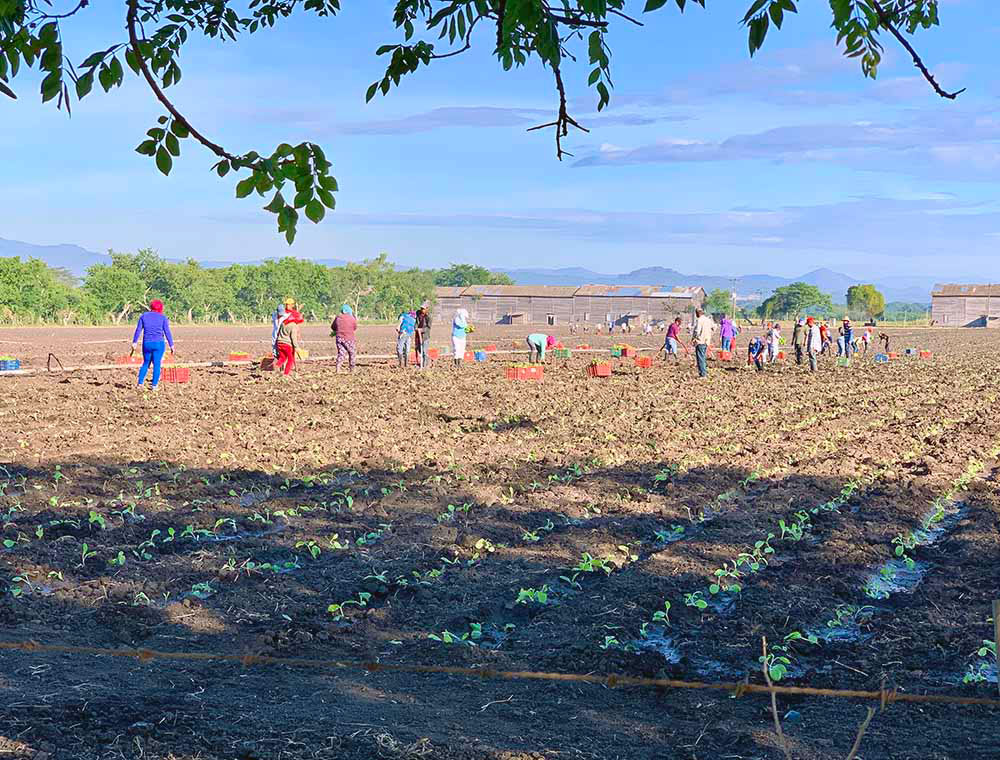
Nicaragua has a few of them but is sorely lacking in others.

1. Workforce: Nicaragua’s population of 6.2 million is willing to work, and accustomed to long, hard labor in agriculture. Many are poorly educated but are trainable.

2. Natural resources: Large deposits of valuable minerals including gold await extraction, and there is potential to generate hydroelectric and geothermal energy. Timber, beef, coffee, sugar, tobacco, and shrimp are exported.

3. Infrastructure: While there are a few good roads and highways in Nicaragua, most others are in poor condition, sometimes impassable in the rainy season, and much of the population lives far from paved roads. The eastern half of the country is almost totally unconnected by road from the rest of the country. Cities have electricity, internet, and cellphone coverage, but it’s unreliable; rural areas are sometimes completely unconnected.

4. Fair and consistent laws, protection of private property, and a legal system with minimal corruption: Local and international investors haven’t forgotten that many farms, factories, banks, insurance companies, and other businesses and property were expropriated after the 1979 revolution. Today, corruption is ubiquitous, from the lowest public servant and policeman to the Supreme Court.

5. Stable currency: Inflation rose to more than 13,000% in the late 1980s as the government covered deficits by printing money. It has recently calmed to single digits, but the country is deeply in debt and dependent on loans and the forgiveness of the IMF and trading partners.

6. Business-friendly government and tax policy: The Sandinistas were re-elected again in 2016 and, although they’ve moderated their socialist proclivity in favor of a “mixed economy,” the government is hardly pro-business. Foreign investments and contracts are particularly insecure.

7. Political stability: For forty years Nicaragua has been in near continuous turmoil and rebellion. The 2016 election was widely considered illegitimate, and the government’s brutal response to 2018 antigovernment demonstrations has created deep resentment of the authoritarian leaders.
More concisely, Nicaragua has a willing workforce and sufficient natural resources, but internal wars, political turmoil, and pervasive corruption discourage the investment necessary to develop economically. And that has consigned the Nicaraguan people to poverty.
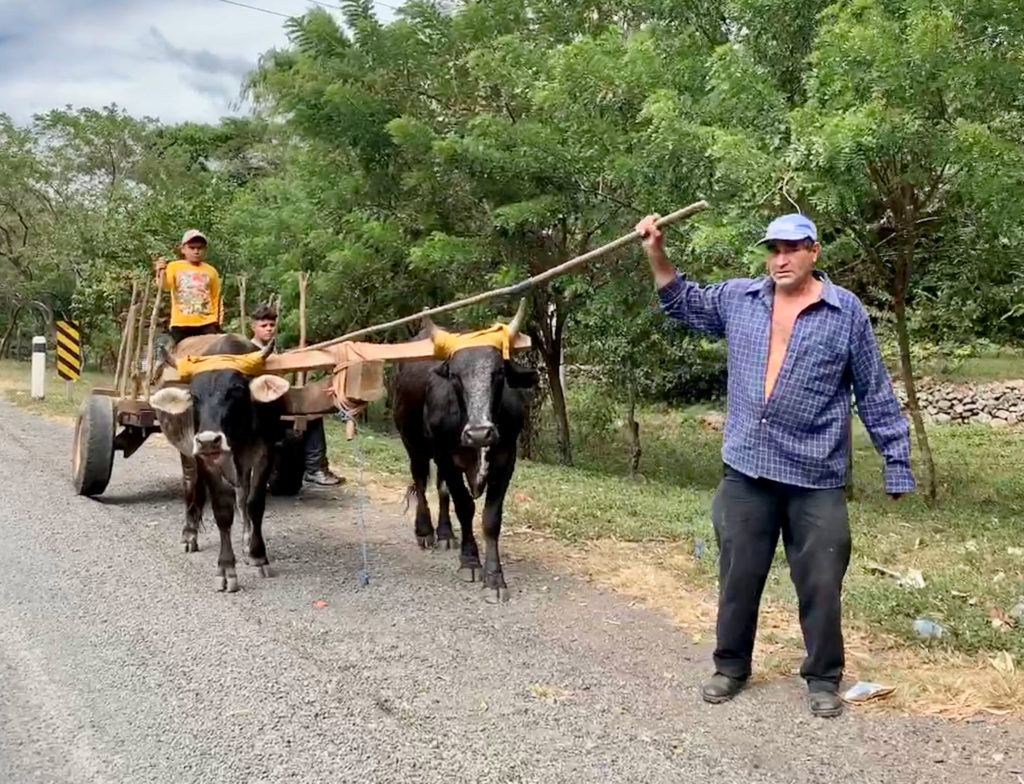
For me, the powerful and lasting realization was that intelligence and hard work are but minor determinants of wealth compared to the sheer luck of being born in a time and place of stability and opportunity.
And that realization implies a responsibility to help, with humility and empathy, those no less deserving but simply not as fortunate.
